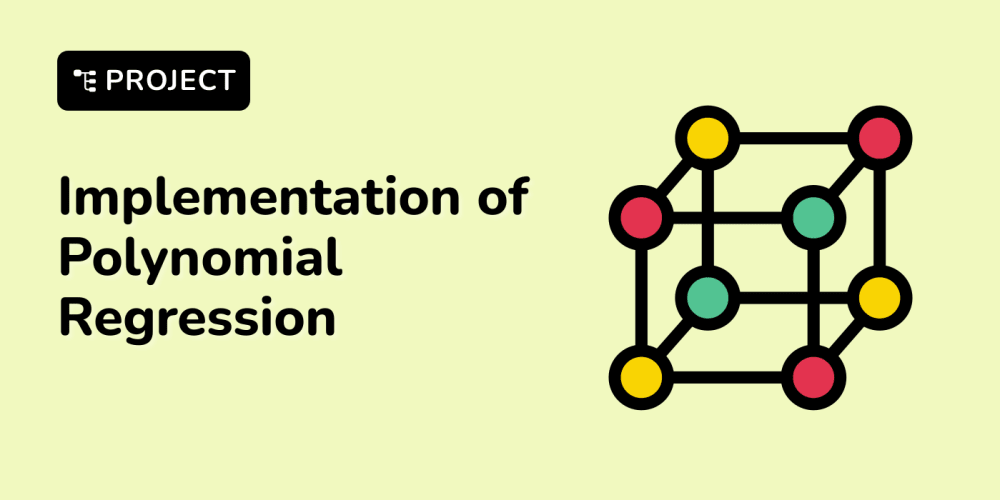In the fast-paced world of software development, efficiency and code quality are paramount. One approach that has gained significant traction in the development community is pair programming. Pair programming involves two developers working together at a single workstation, collaborating on the same codebase in real-time. This technique, often associated with Agile methodologies, has been shown to enhance code quality, improve problem-solving, and foster a deeper understanding of the code among team members.
In this article, we'll explore the benefits of pair programming and provide practical examples to illustrate how this approach can be integrated into your development process.
What is Pair Programming?
Pair programming is a technique where two developers work together on the same task. One developer, known as the "Driver," writes the code, while the other, the "Observer" or "Navigator," reviews each line of code as it's written, offering suggestions, catching potential issues, and thinking strategically about the broader implications of the code.
The two roles are interchangeable, with the developers swapping roles frequently to ensure both are engaged and contributing equally.
Key Benefits of Pair Programming
- Improved Code Quality One of the most significant advantages of pair programming is the improvement in code quality. With two sets of eyes on the code, errors are more likely to be caught early, reducing the number of bugs and ensuring the code adheres to best practices.
Example: Code Reviews in Real-Time
Consider a scenario where you're implementing a complex algorithm. As the Driver writes the code, the Navigator can immediately spot potential issues, such as inefficient loops or missing edge cases, and suggest improvements on the spot. This real-time review process helps catch issues that might otherwise slip through the cracks in a traditional code review.
- Enhanced Problem-Solving Pair programming fosters a collaborative environment where two developers can brainstorm and tackle problems together. This often leads to more innovative solutions and a deeper understanding of the problem at hand.
Example: Debugging Together
Imagine you're facing a tricky bug that’s difficult to reproduce. By pair programming, both developers can share their perspectives, test different hypotheses, and analyze the code together. This collaborative approach often speeds up the debugging process, leading to faster resolution times.
- Knowledge Sharing and Skill Development Pair programming is an excellent way to facilitate knowledge sharing within the team. Junior developers can learn from their more experienced counterparts, while senior developers can gain new insights or fresh perspectives from their peers.
Example: Onboarding New Team Members
When onboarding new developers, pair programming can accelerate their understanding of the codebase and the team’s development practices. By pairing with an experienced developer, new team members can quickly learn the ropes, ask questions, and get up to speed faster than they would on their own.
- Increased Collaboration and Team Cohesion Pair programming naturally encourages collaboration and communication between team members. This not only leads to better code but also fosters a sense of teamwork and mutual respect.
Example: Collaborative Coding Sessions
In a distributed team, scheduling regular pair programming sessions can help bridge the gap between remote team members. These sessions can strengthen relationships, improve communication, and ensure that everyone is aligned on the project’s goals.
- Greater Focus and Discipline Pair programming can help maintain focus and discipline during coding sessions. The presence of a partner reduces the likelihood of distractions, such as checking emails or browsing the web, ensuring that both developers stay on task.
Example: Tackling Complex Tasks
For complex or tedious tasks, pair programming can help maintain momentum and prevent burnout. The continuous exchange of ideas and shared responsibility keeps both developers engaged and motivated, leading to higher productivity.
Implementing Pair Programming in Your Team
To successfully implement pair programming, it's essential to create a supportive environment where developers feel comfortable collaborating and sharing ideas. Here are some tips to get started:
Start Small
Begin by incorporating pair programming into specific parts of your development process, such as tackling complex features or debugging sessions. As the team becomes more comfortable with the practice, you can expand it to other areas of development.Rotate Pairs Regularly
To maximize knowledge sharing and prevent fatigue, regularly rotate pairs so that developers work with different team members. This also helps avoid the development of silos and ensures a more cohesive team.Use Remote Collaboration Tools
For distributed teams, leverage remote collaboration tools like VSCode Live Share, Tuple, or any screen-sharing software that allows developers to code together in real-time.Encourage Open Communication
Foster a culture of open communication where developers feel comfortable discussing their thought processes, asking questions, and offering feedback. This is crucial for the success of pair programming.
Conclusion
Pair programming is a powerful technique that can significantly enhance the quality of your code, improve problem-solving, and foster a collaborative team culture. By integrating pair programming into your development process, you can create a more productive and engaged team that delivers better software.
Whether you're a startup looking to improve code quality or a large organization aiming to foster a collaborative environment, pair programming can be a valuable addition to your development toolkit.
Thank you for reading my article! For more updates and useful information, feel free to connect with me on LinkedIn and follow me on Twitter. I look forward to engaging with more like-minded professionals and sharing valuable insights.



















